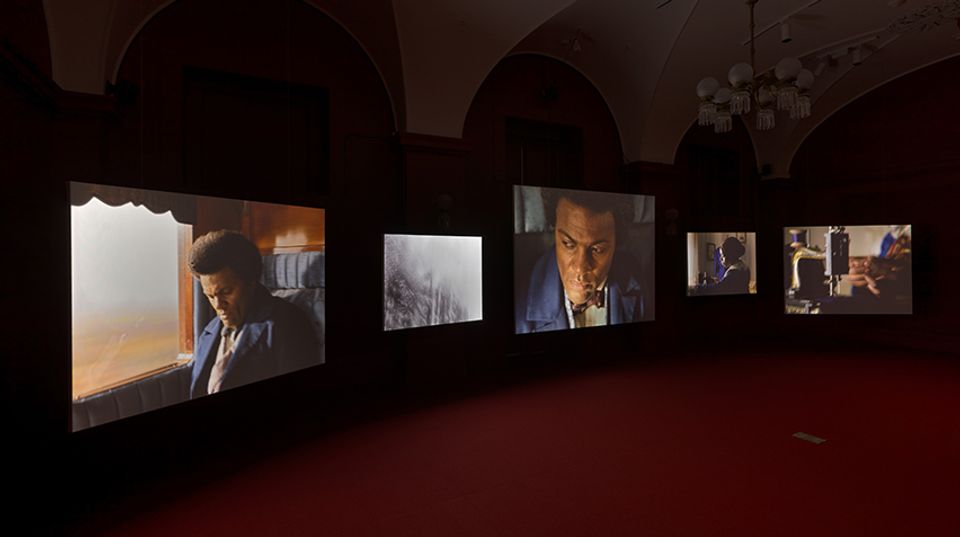

For me, the name Louis Comfort Tiffany conjures up images of art glass, opulence, and the mystique of the Gilded Age. But I had no idea that he was also a photographer and gained some amount of renown for his images. I love this one, an albumen print entitled Fishermen Unloading a Boat, Sea Bright, New Jersey, taken in 1887. It's both documentary and narrative, and to me it reads like a painting. The fisherman in the boat, second from left, who looks coolly at the camera, reminds me of the oarsman in Thomas Eakins's oil on canvas The Champion Single Sculls, painted in 1871. Taken nearly one hundred and twenty-five years ago, the photograph seems to capture the American spirit of hard work, the bounty of the land and sea, and a kind of rough-and-tumble, homegrown character. It feels like Tiffany has captured the flip side of affluence. I also admire how he caught the white line of surf that streaks across the print, as if the fishermen had just landed on our shores.
So now, if somebody mentions "the Jersey Shore," you can close your eyes and think back to this image created at the end of the nineteenth century, way before television entered the picture, and reality was just a way of life.

















